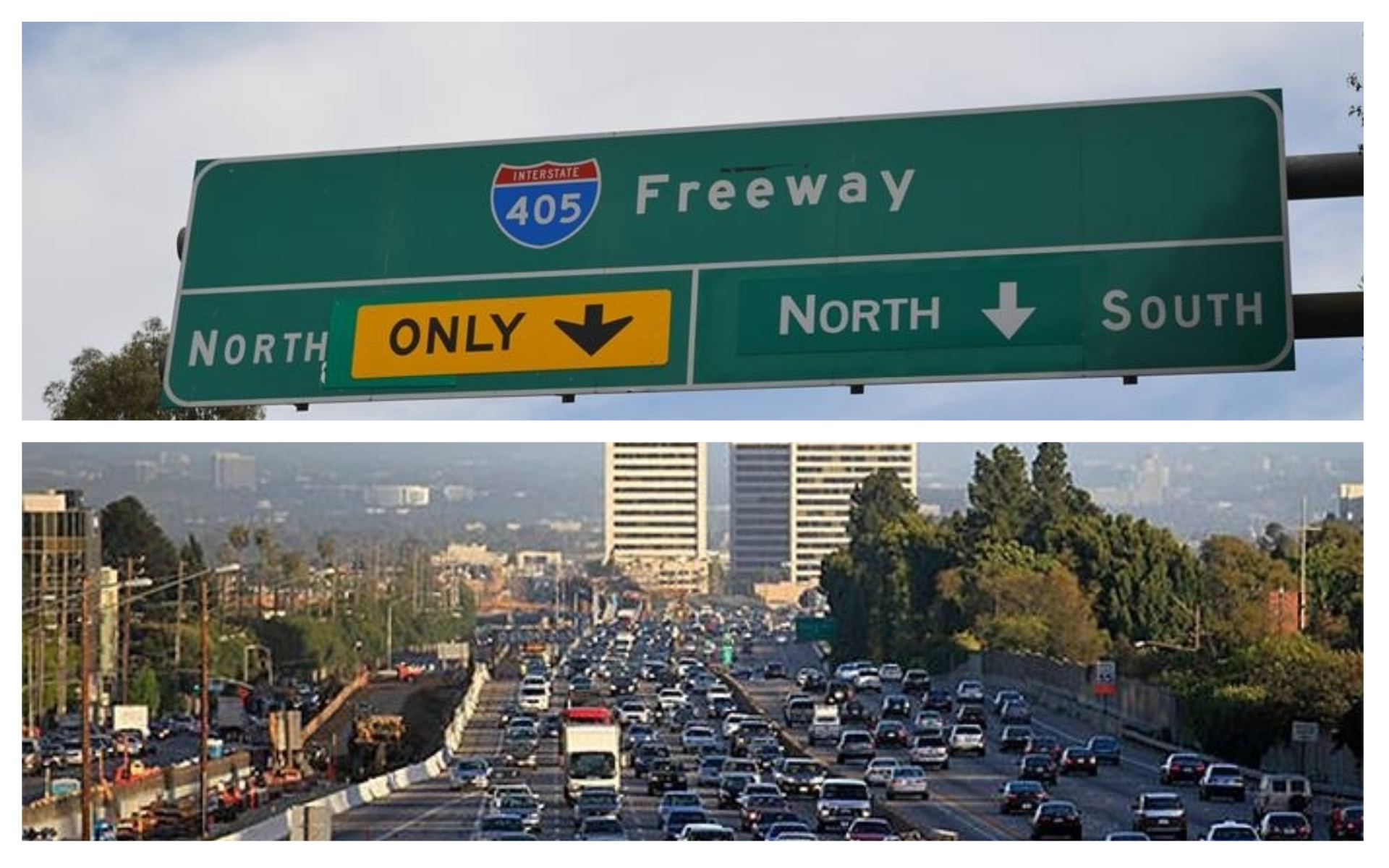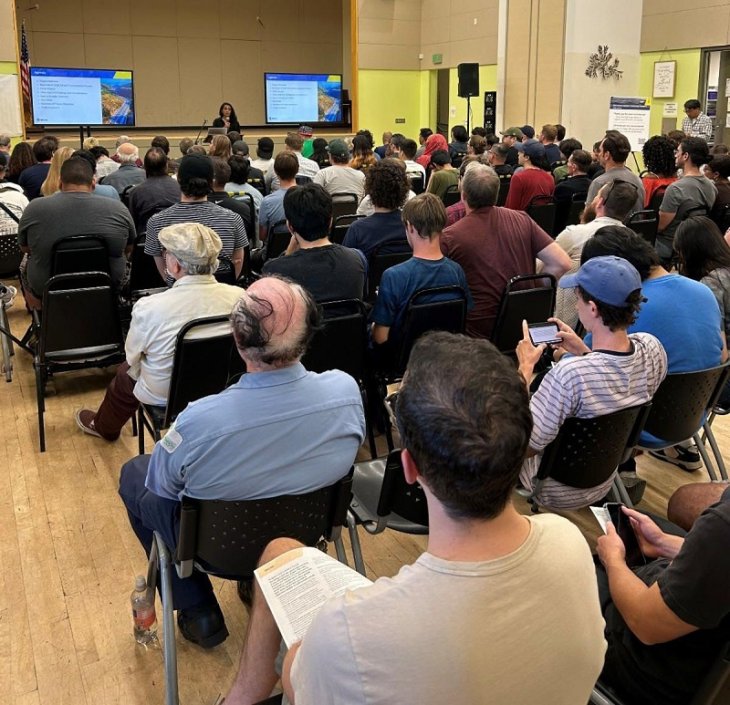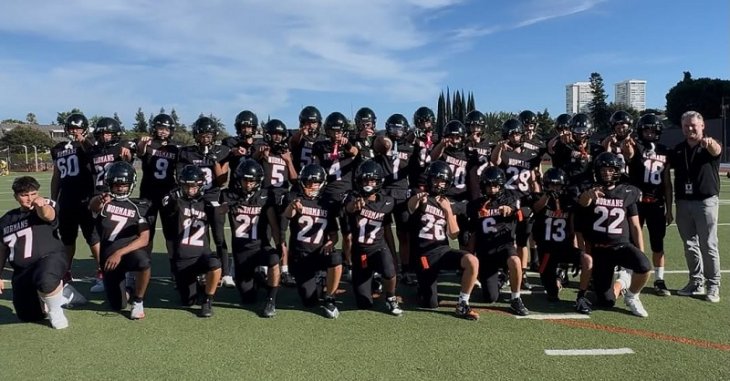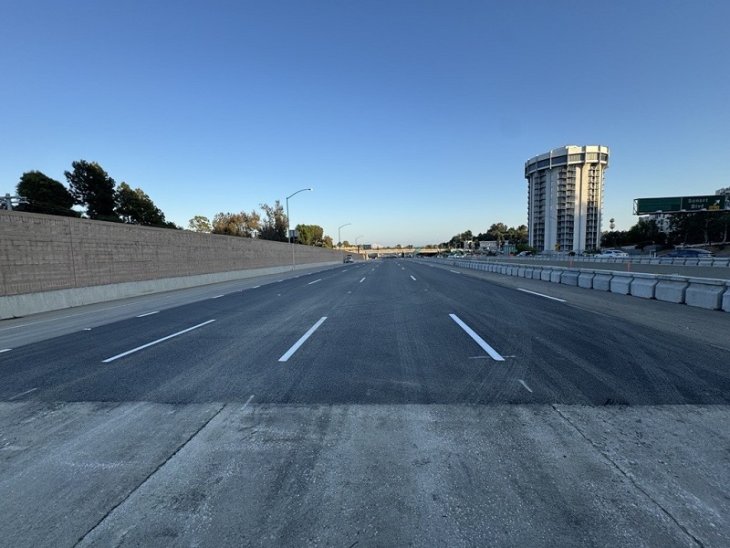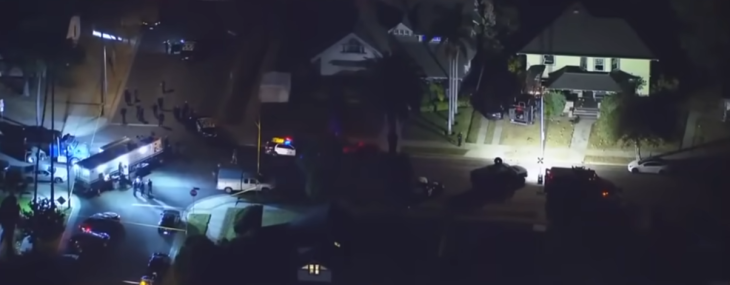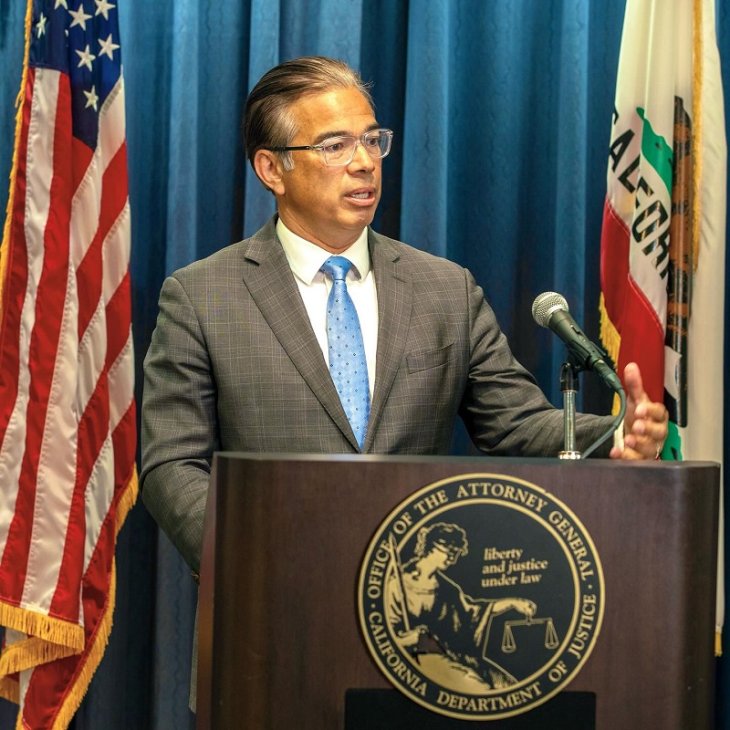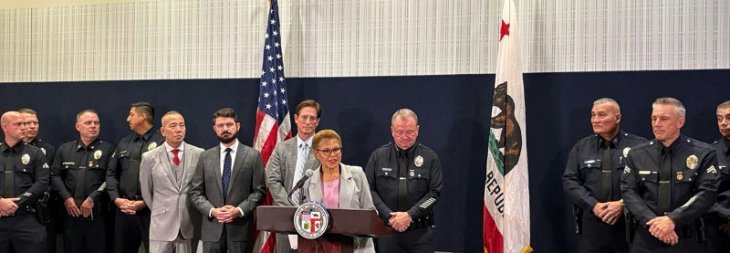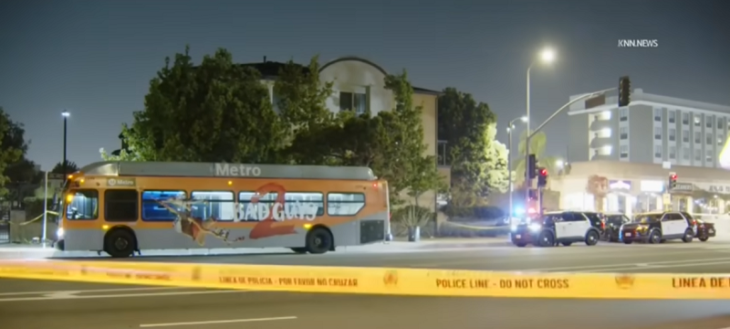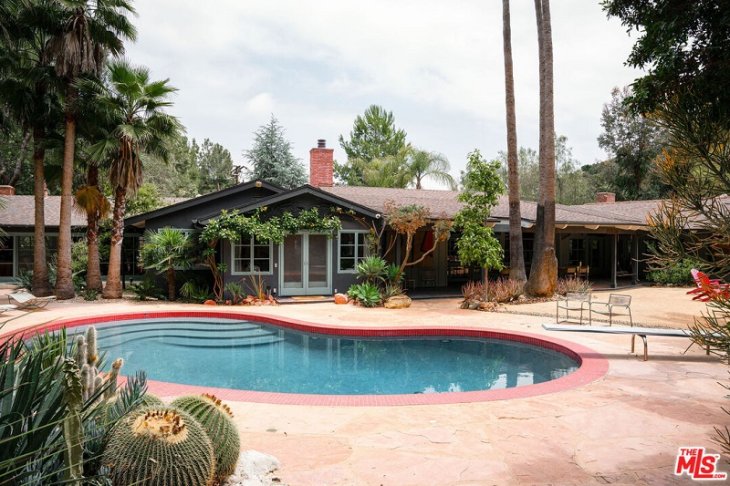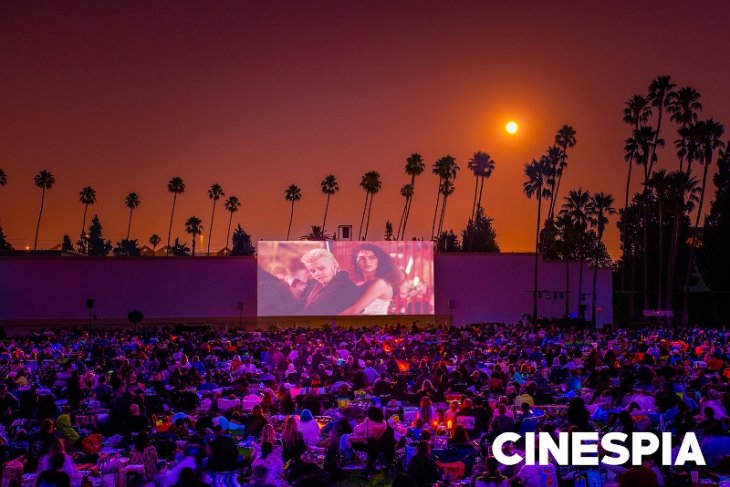City attempts to tackle the congestion on Sunset near the 405.
By Sam Catanzaro
For many Brentwood residents, commuting to and from the 405 on Sunset Boulevard can be a living nightmare. For Robert S., who lives off of Barrington near San Vicente, waiting in traffic on Sunset on a daily basis is one of the reasons he is requesting the accounting firm he works for to transfer him to their Minneapolis offices.
“I spend over an hour every day sitting in traffic on my way to work and a lot of that time is spent on Sunset Boulevard,” Robert said. “I mean there so many other things I can be doing with [that] time…I guess I have been defeated by traffic.”
While Robert has admitted defeat to the traffic, Councilmember Mike Bonin, who represents Brentwood, has not. Recently, Bonin announced that his office had secured funding for the installation of a Dynamic Corridor Ramp Metering System (DCRMS).
“I don’t believe that any problem is so big that we can’t make things better, and that includes one of the toughest problems we face on the Westside: the traffic on Sunset near the 405,” Bonin said. “I am happy to announce a new project to take a whack at that problem. The solution is called dynamic ramp metering, which is a fancy way of saying we are going to synchronize traffic from Sunset to the 405.”
The current system is anything but synchronized, which is why so many Brentwood commuters like Robert have been driven to their wit’s end by the traffic on Sunset near the 405. Sunset Boulevard is operated by the Los Angeles Department of Transportation (LADOT), who tries to push as many cars onto the 405 as possible. The 405 is operated by the California Department of Transportation (CalTrans) who tries to push as many cars onto Sunset Boulevard as possible.
“[It’s] like two magnets pushing against each other,” Bonin said. “It’s a prescription for gridlock around the onramp.”
Bonin has secured $2.3 million in funding from the Los Angeles County Metropolitan Transportation Authority for the DCRMS, which will be the first of its kind in Los Angeles.
The DCRMS project will use an algorithm capable of reacting to recurring and non-recurring congestion, including daily peak hour traffic, accidents and stalled vehicles and scheduled events. The City will install wireless monitoring sensors at onramps and key arterials, including Sunset Blvd between Allenford and Sepulveda. This will enable coordination between Caltrans’ existing Advanced Transportation Management System (ATMS) and LADOT’s Automated Traffic Surveillance and Control (ATSAC) System, allowing both systems to work together to optimize traffic flow.
“After a lot of time and effort, I have secured funding to do things differently,” Bonin said. “For the first time in Los Angeles, with dynamic ramp metering, these two systems will use technology to talk to one another. That will result in a smoother flow of traffic. It’s not going to work miracles: the problem has been getting worse for decades, but it will help.”
Now that the funding is in place, transportation officials have begun designing the system and should start phasing it in next summer with full implementation to follow.
This is the latest in a series of initiatives to address traffic on Sunset the City has taken. Traffic control officers have been deployed, signage has been added and improved, and LADOT has repainted lanes leading to the freeway. In addition, Bonin’s office has convened institutions on the corridor such as the Archer School for Girls and Brentwood School, to work together to reduce overall trips on Sunset.

